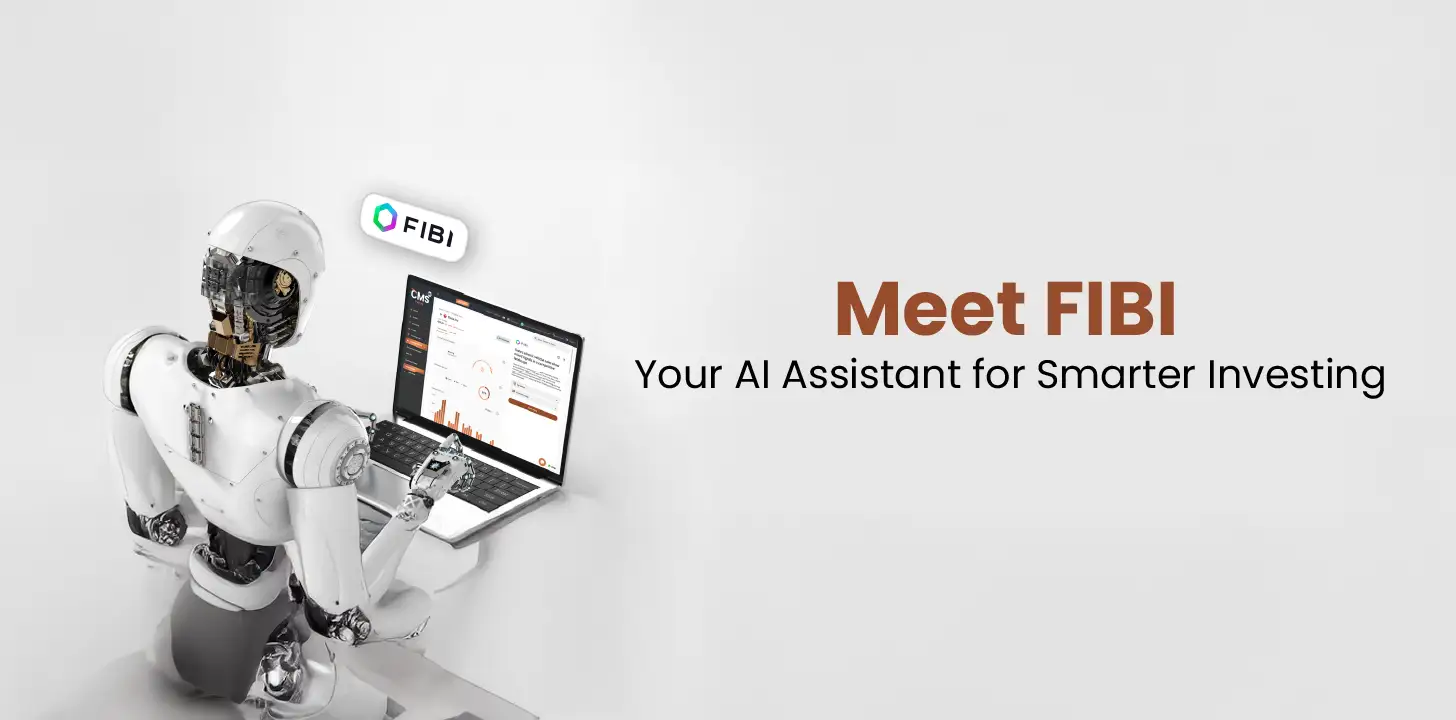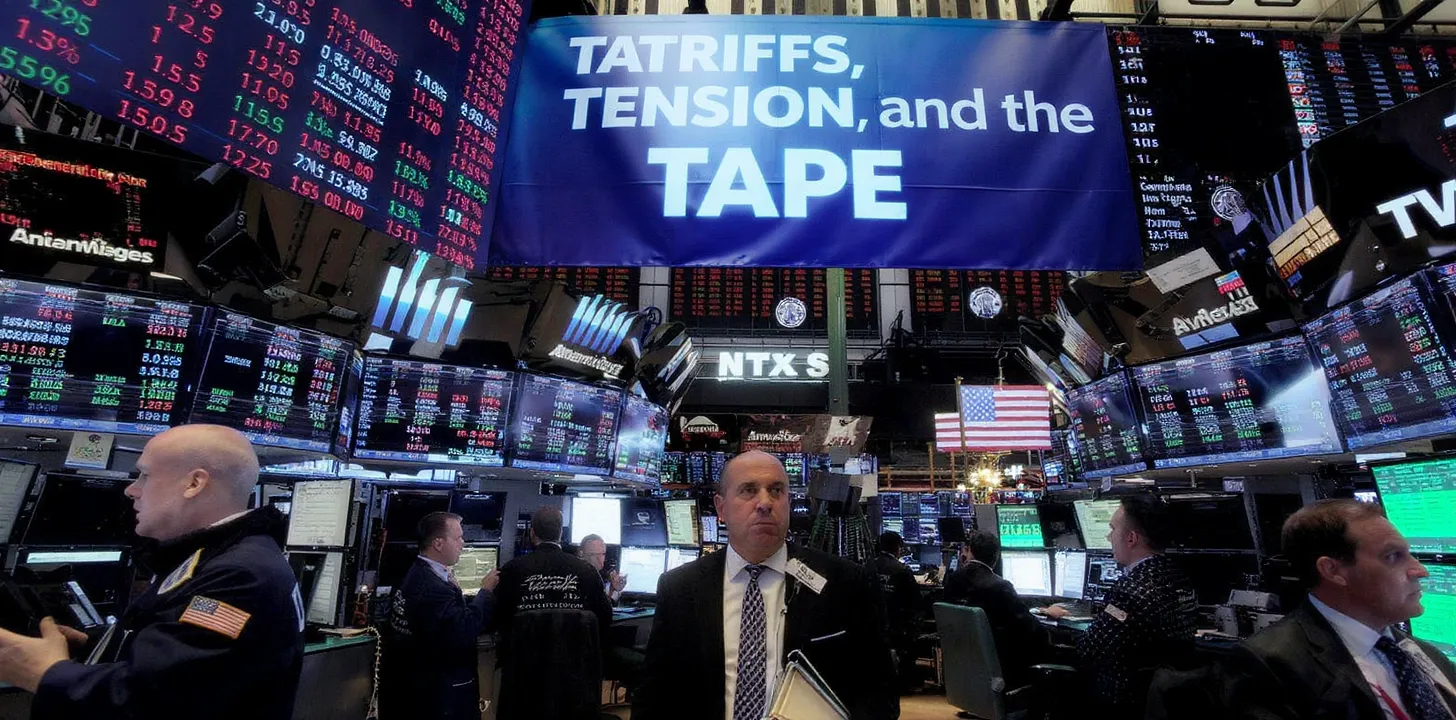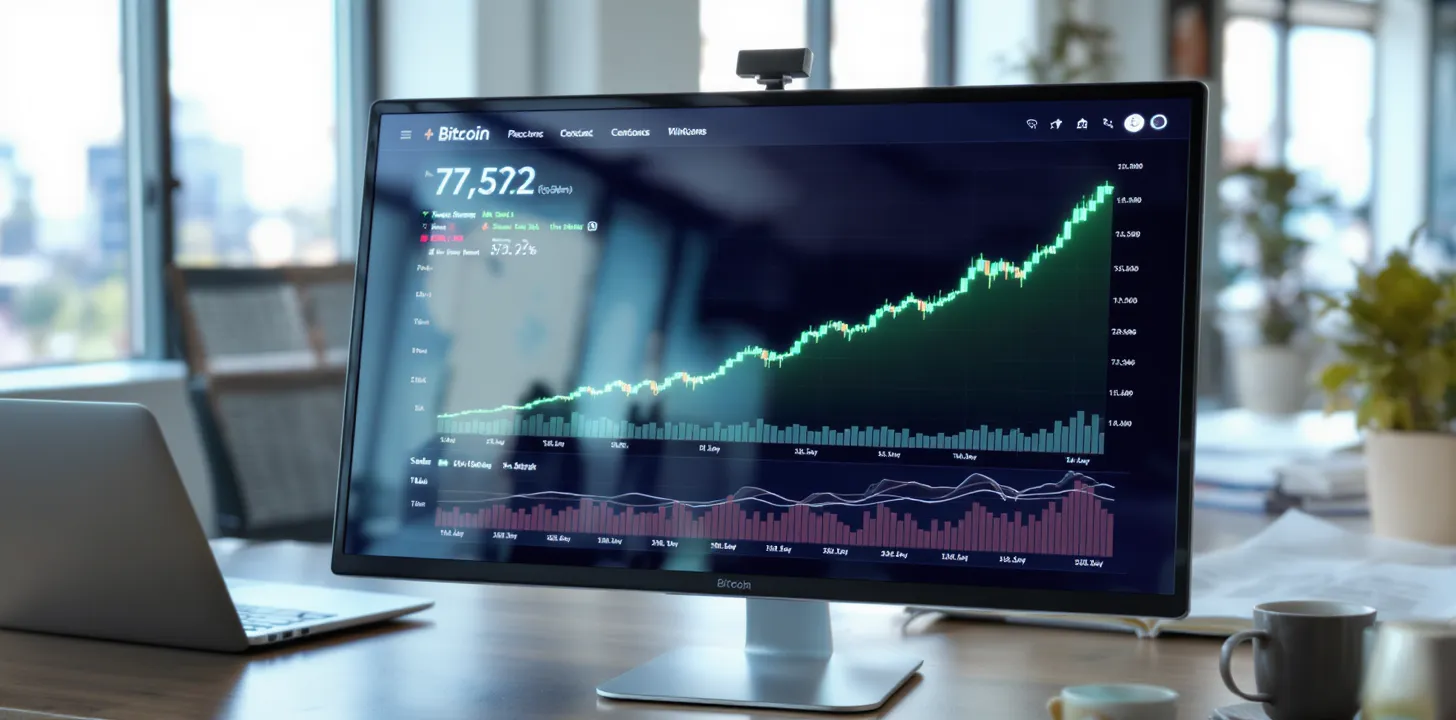A Quantitative Analysis of Forex Trends in 2025
Introduction
The foreign exchange market's technological infrastructure has undergone significant transformational changes, particularly in the realm of algorithmic trading systems. This analysis examines the emergent trends characterizing the forex industry in 2025, with specific emphasis on the integration of advanced computational methodologies and their implications for market microstructure.
Quantum Computing Integration in Trading Systems
The proliferation of quantum computing applications in forex trading algorithms represents a paradigm shift in how institutional participants approach market making and risk management. Traditional high-frequency trading systems, which historically operated within the constraints of classical computing architecture, are being systematically augmented or replaced by quantum-enabled platforms. These systems demonstrate superior capabilities in simultaneously processing multiple market scenarios, enabling more sophisticated arbitrage identification and execution.
Machine Learning and Sentiment Analysis Advancements
Deep Reinforcement Learning Implementation
Machine learning algorithms, particularly those utilizing deep reinforcement learning frameworks, have evolved to incorporate real-time sentiment analysis from an unprecedented array of data sources. Contemporary trading systems now routinely analyze social media feeds, central bank communications, and macroeconomic indicators simultaneously, creating multi-dimensional prediction models with significantly improved accuracy metrics.
Federated Learning Protocols
The integration of federated learning protocols has emerged as a crucial development in 2025, enabling trading institutions to collaboratively train their algorithms while maintaining data privacy. This methodological approach has facilitated the development of more robust predictive models without compromising proprietary trading strategies or sensitive client information.
Regulatory Technology and Compliance
RegTech has become increasingly sophisticated, with automated compliance systems utilizing natural language processing to interpret and implement regulatory requirements in real-time. This development has particular significance for cross-border transactions, where multiple regulatory frameworks must be simultaneously satisfied.
DeFi Integration and Market Structure
Decentralized Finance Protocols
The emergence of decentralized finance (DeFi) protocols in the forex space has introduced novel trading mechanisms that operate outside traditional institutional frameworks. These systems utilize smart contracts to automate trade execution and settlement, potentially reducing counterparty risk and transaction costs.
Cybersecurity Infrastructure
Cybersecurity infrastructure has evolved to incorporate quantum-resistant cryptographic protocols, addressing concerns about the potential vulnerability of traditional encryption methods to quantum computing attacks. This development has particular relevance for the forex industry, where the security of high-value transactions is paramount.
Risk Management Evolution
AI-Driven Risk Assessment
The implementation of artificial intelligence in risk management systems has led to more sophisticated approaches to value-at-risk calculation and position sizing. These systems incorporate multiple risk factors simultaneously, including geopolitical event risk, market liquidity risk, and counterparty risk, providing a more comprehensive risk assessment framework.
Market Microstructure Trends
Observable trends in market microstructure suggest that the average trade size has decreased while execution frequency has increased, indicating a continued evolution toward more granular trading strategies.
Human Capital and Skill Requirements
The role of human traders has evolved substantially, with emphasis shifting toward strategy development and risk oversight rather than direct execution. This transition necessitates new skill sets combining traditional financial expertise with technological proficiency, particularly in algorithm development and data analysis.



